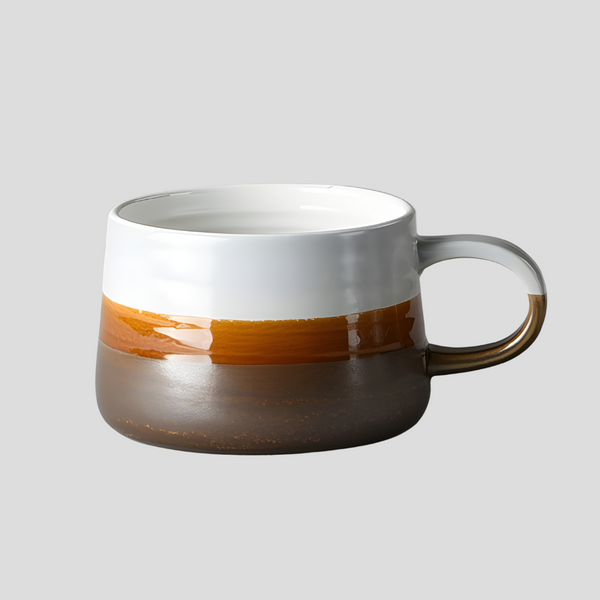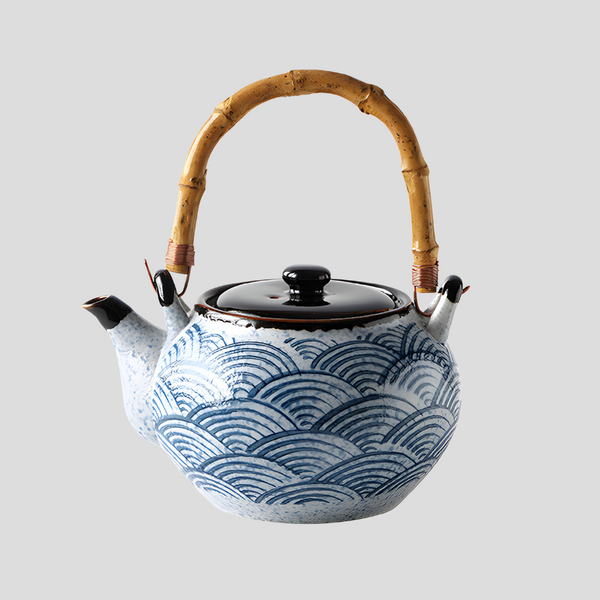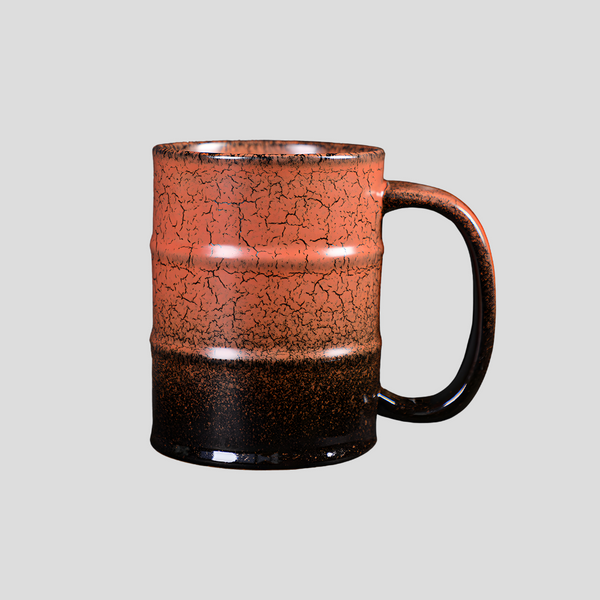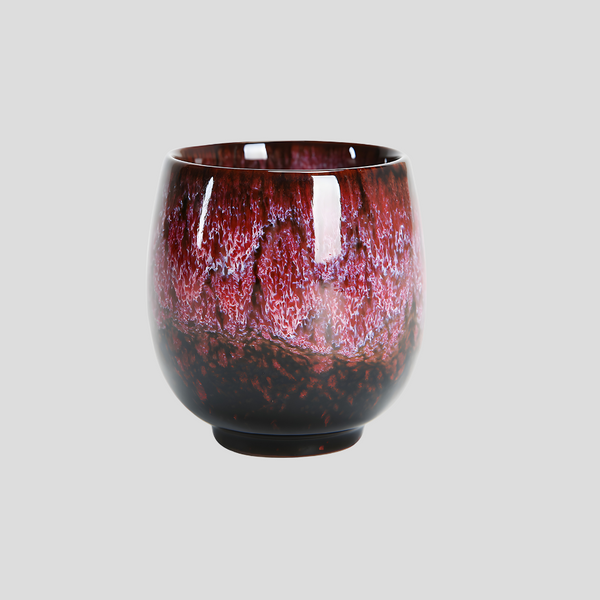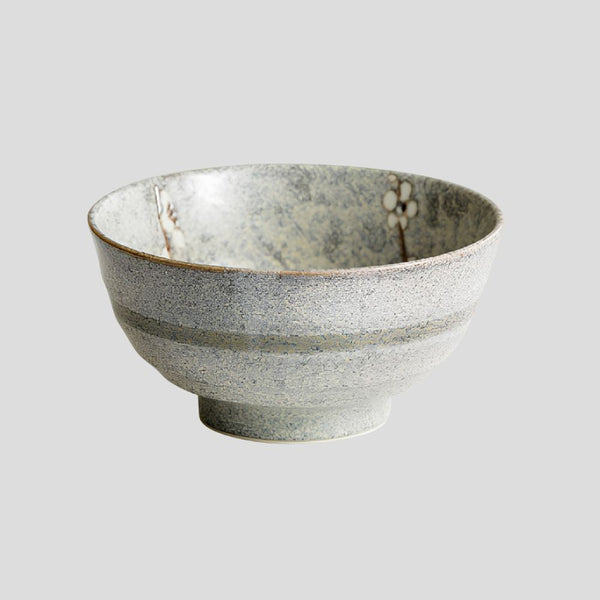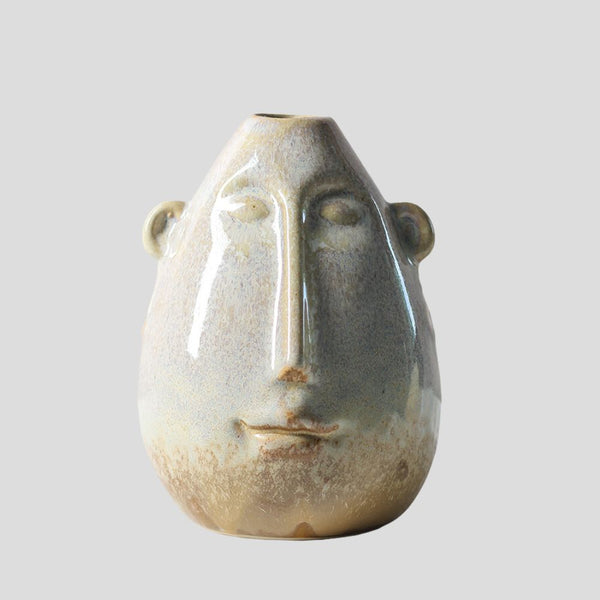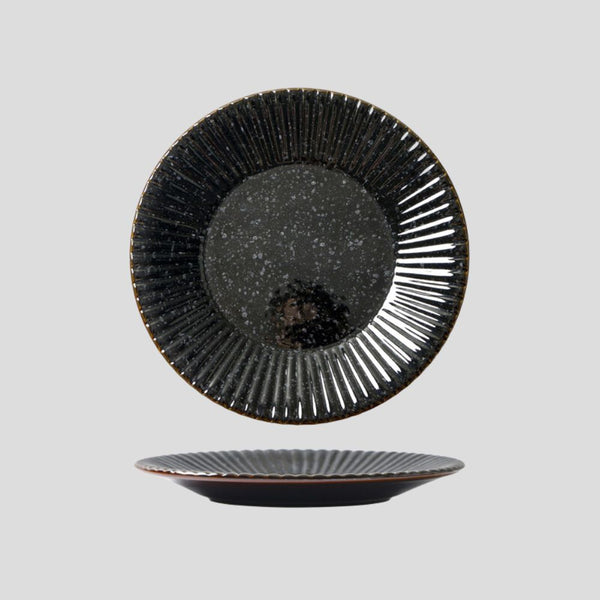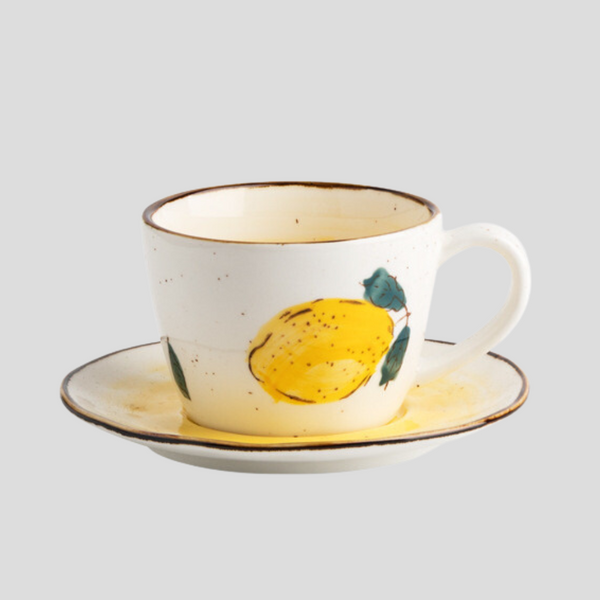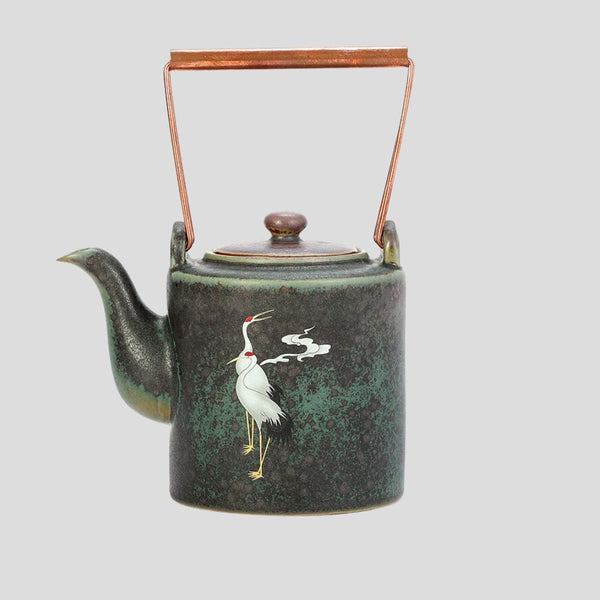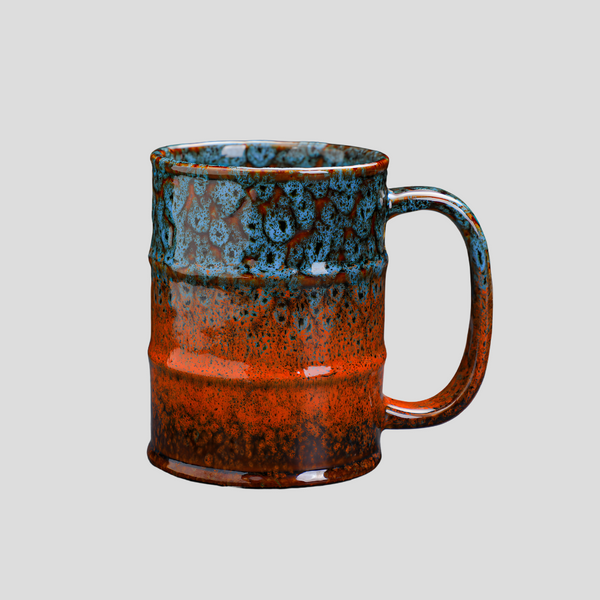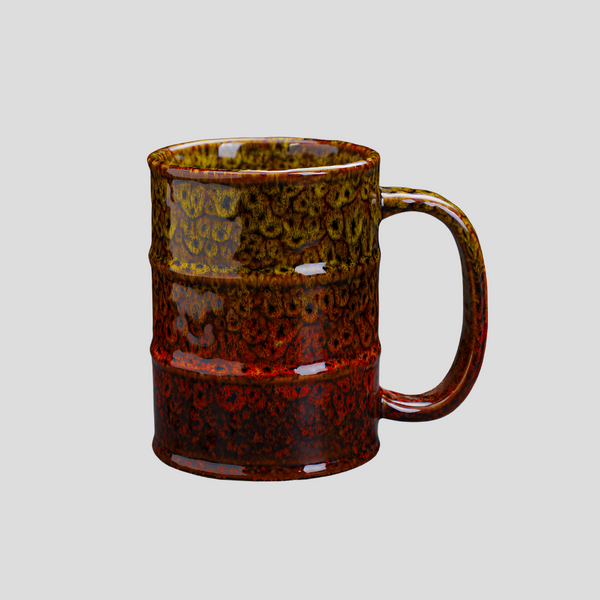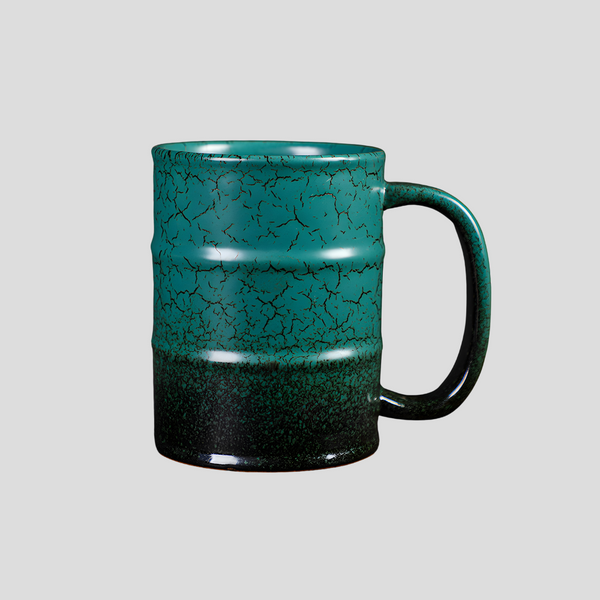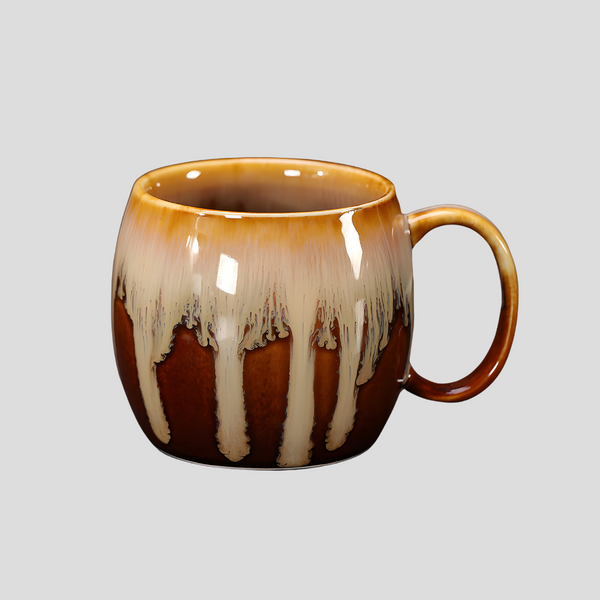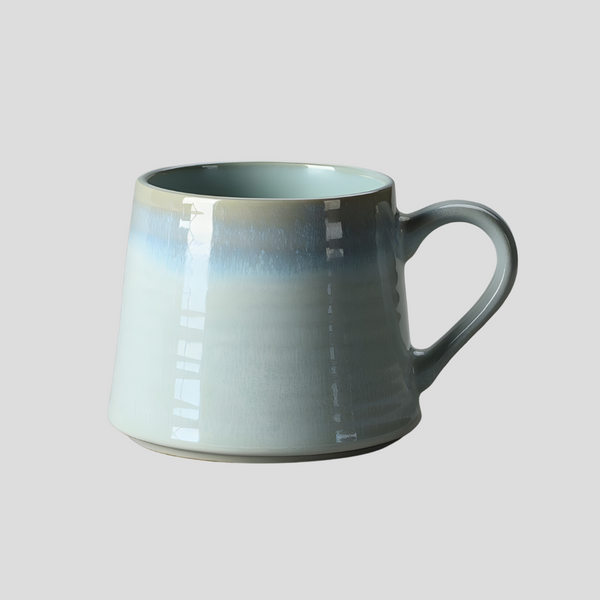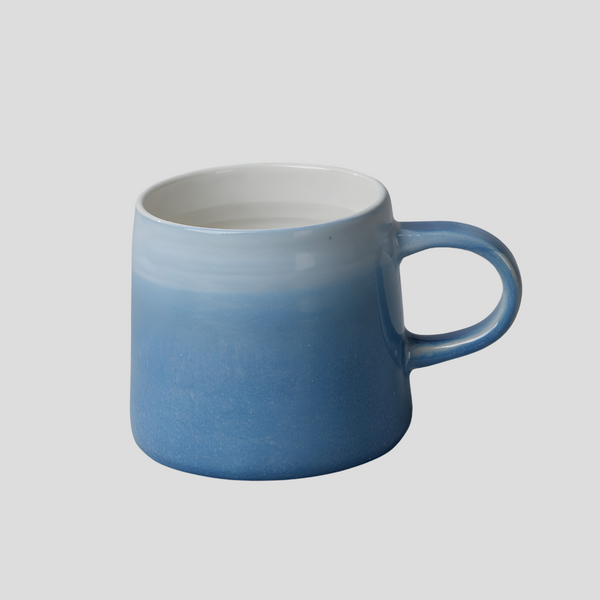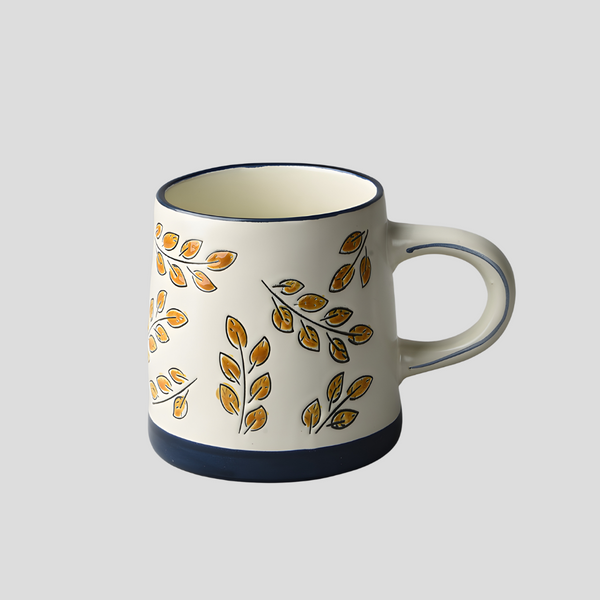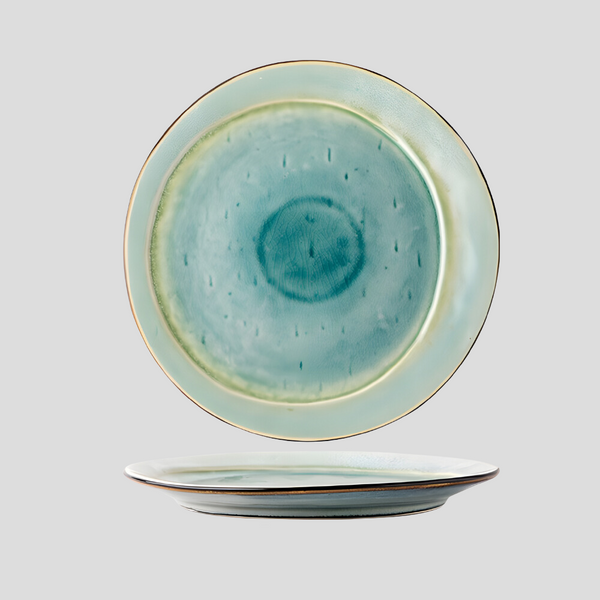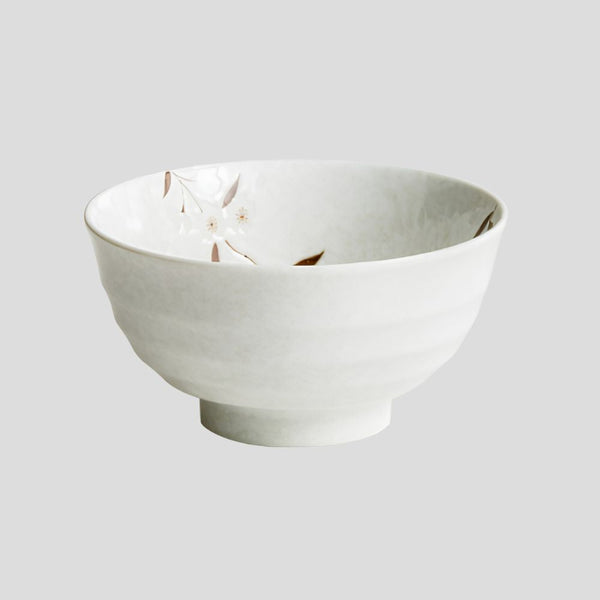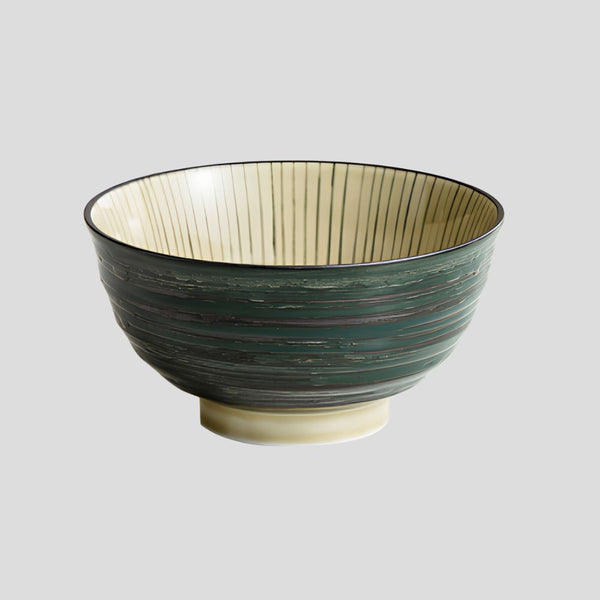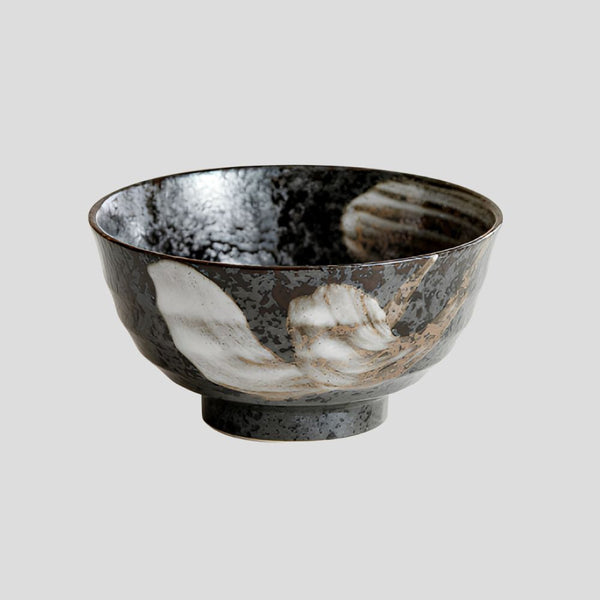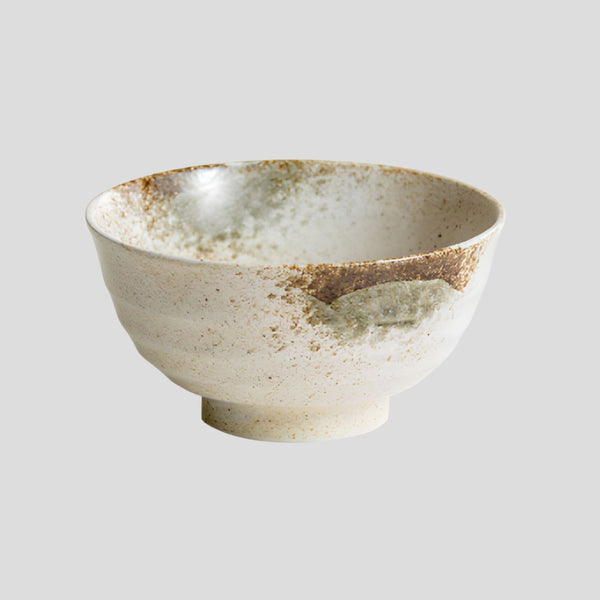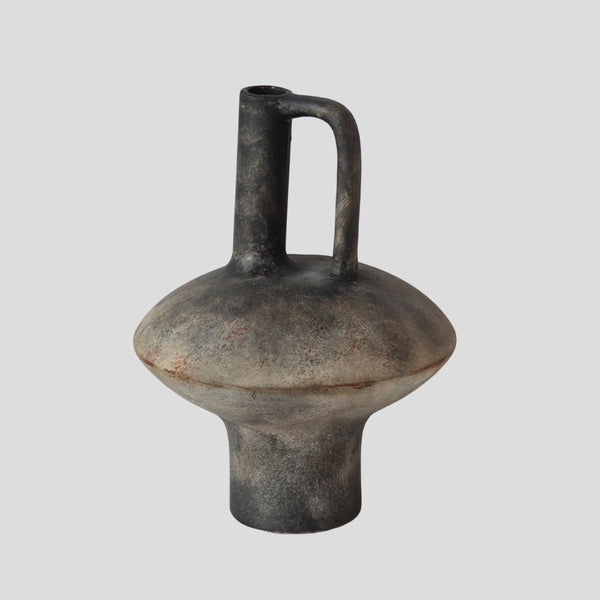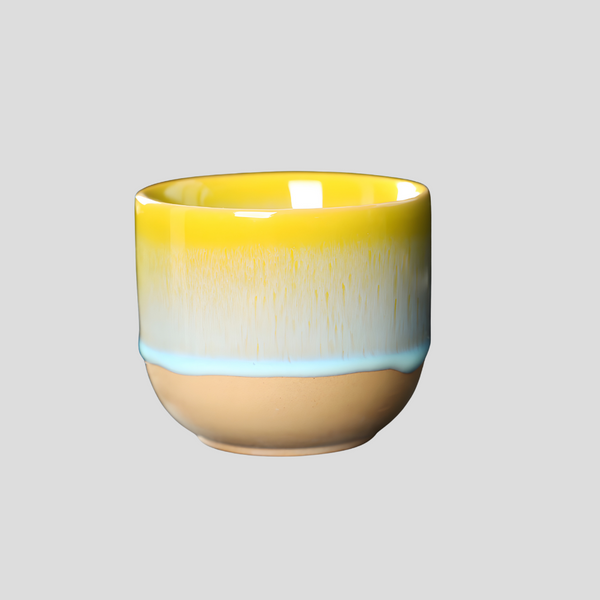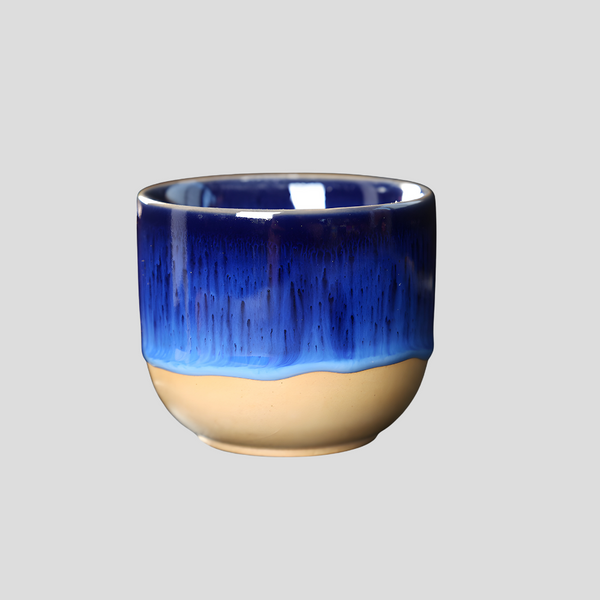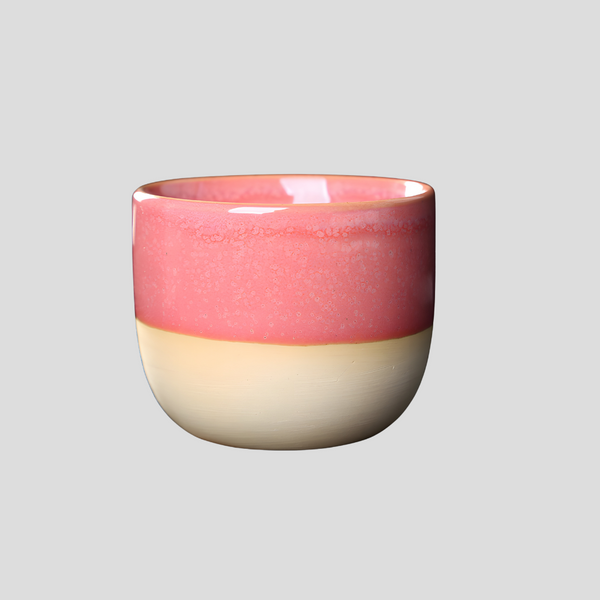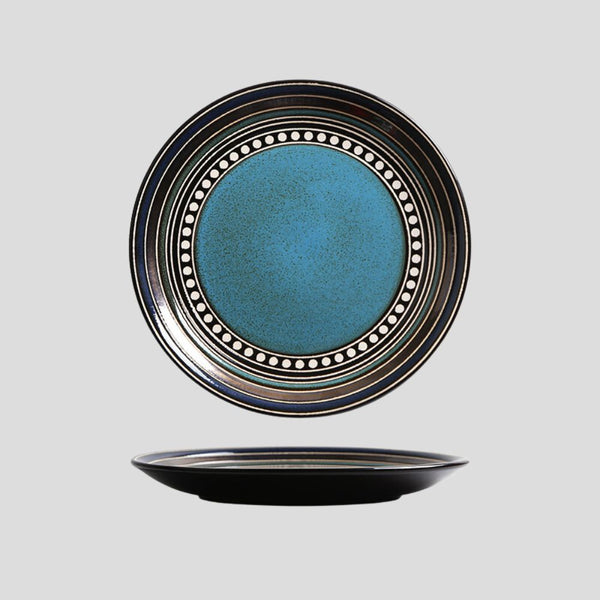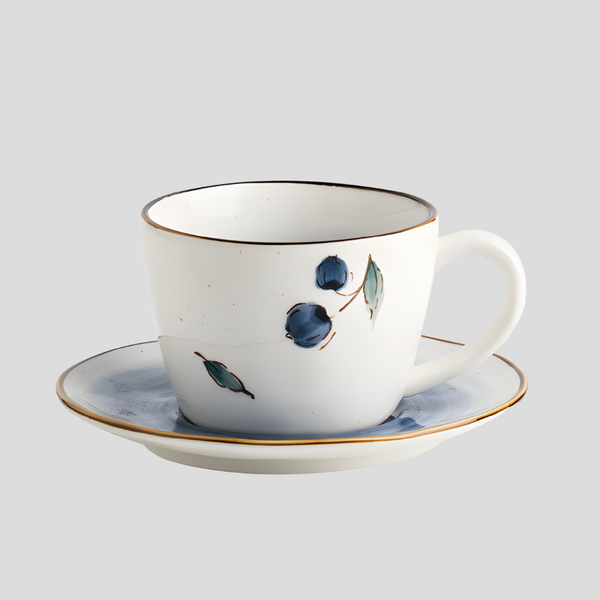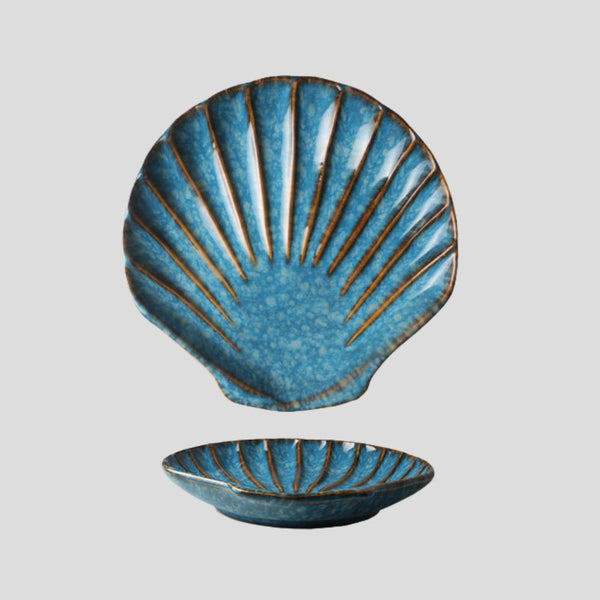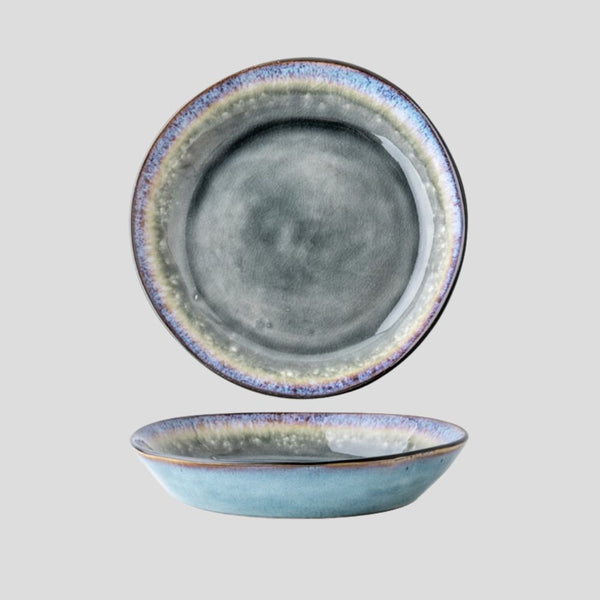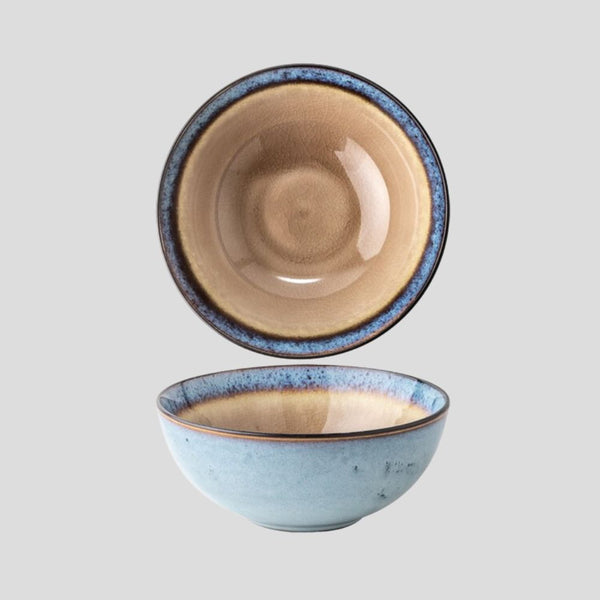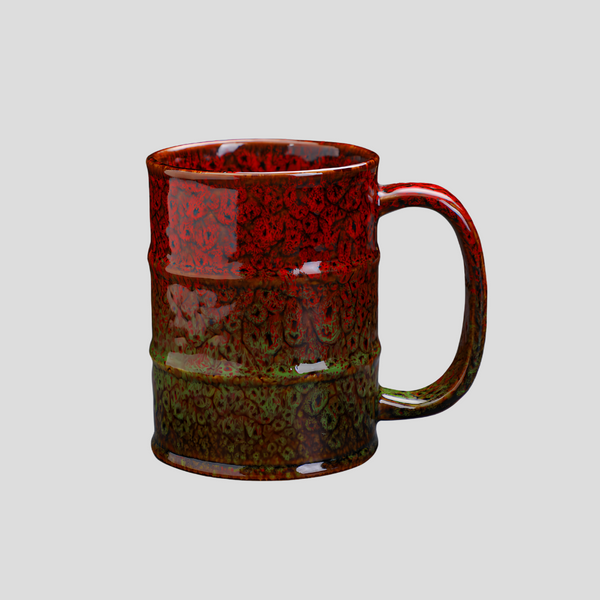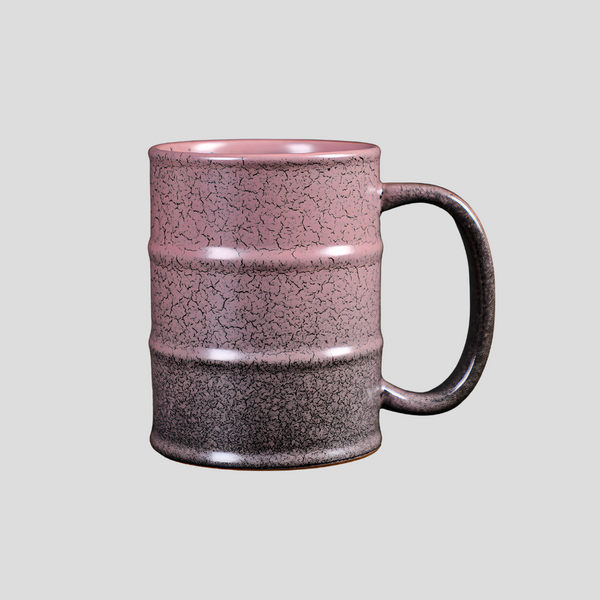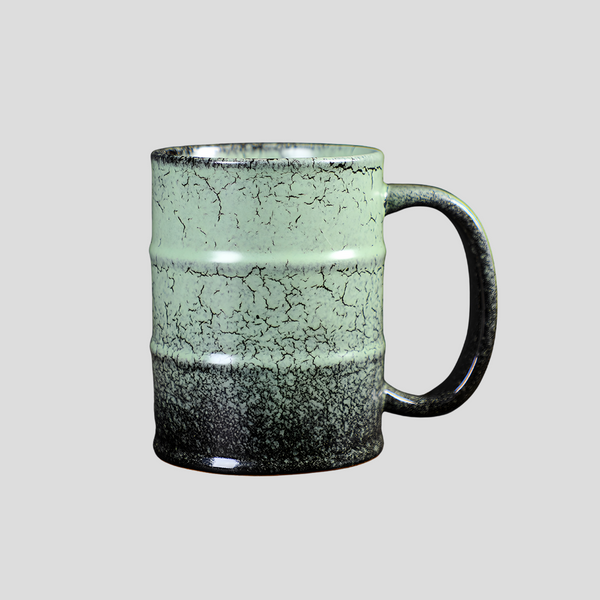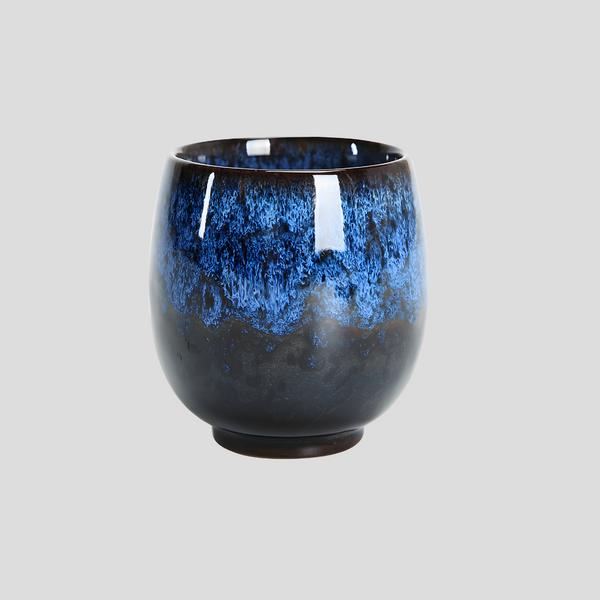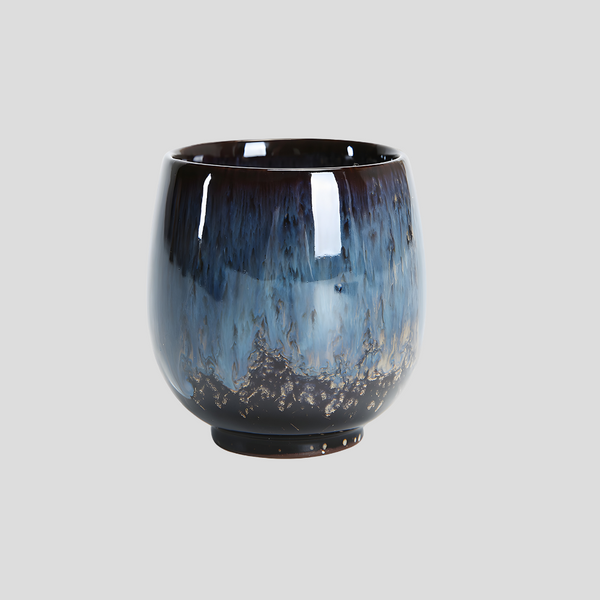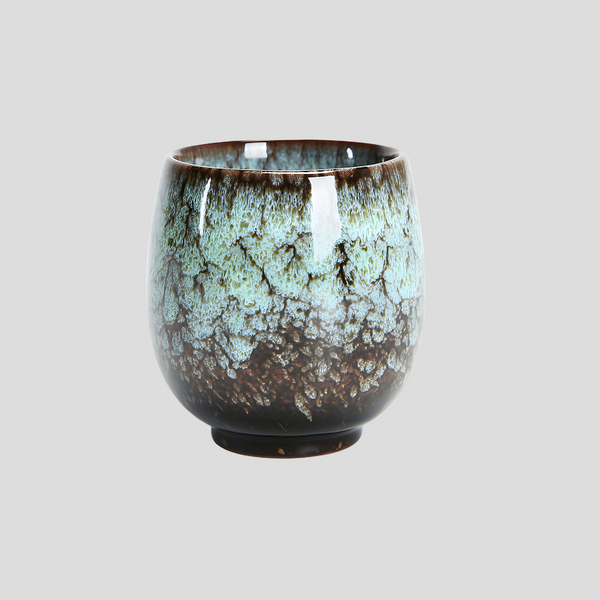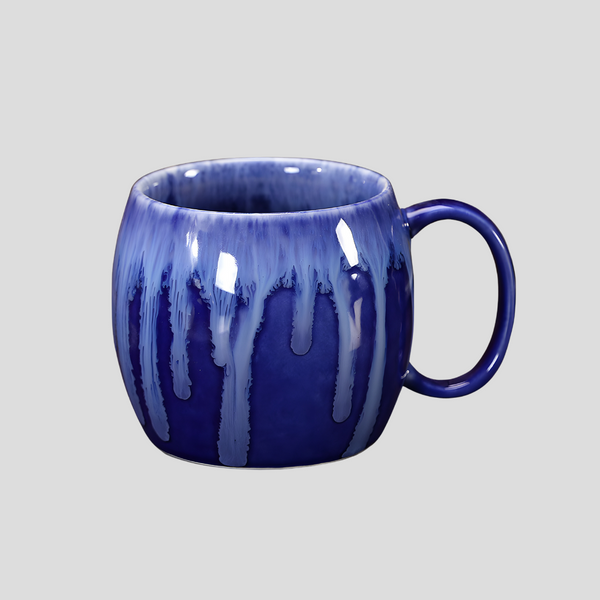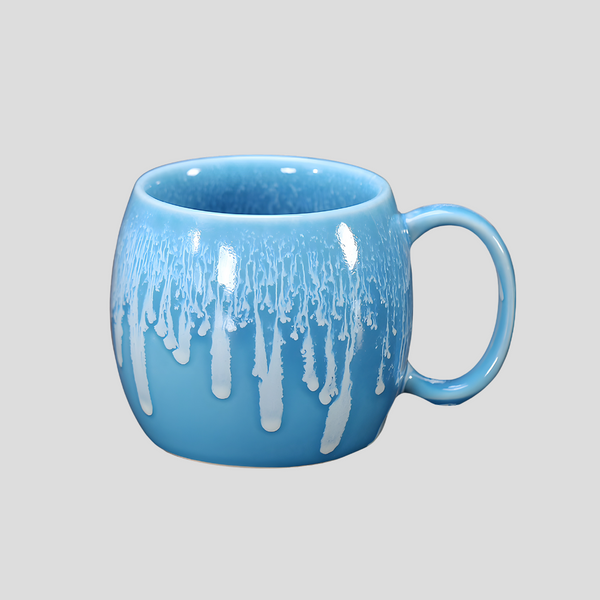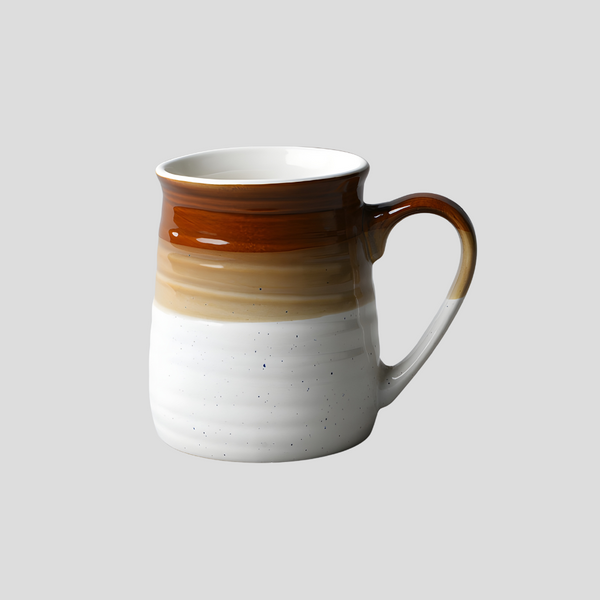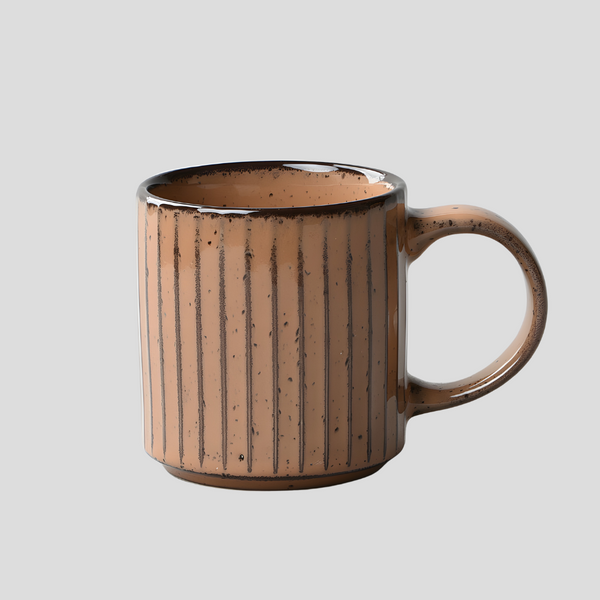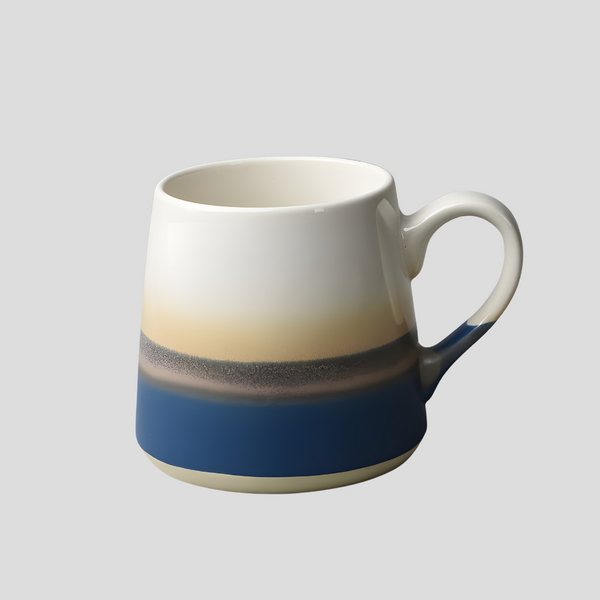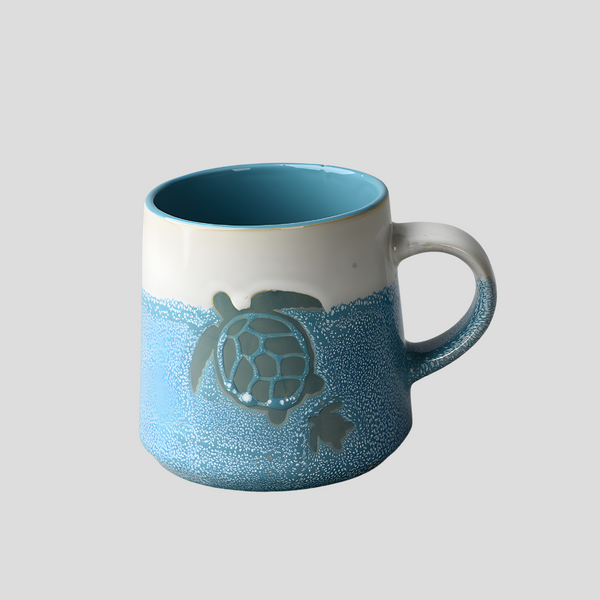
Ceramics Mastery: The Art of Bowl Making
Exploring the Art of Bowl Making in Ceramics
The craft of ceramics has been a part of human civilization for thousands of years, shaping the way we live, eat, and celebrate. Among the many forms that ceramics take, bowl making stands out as an essential and deeply artistic endeavor. This art form requires not just technical skill but also a deep understanding of material, form, and aesthetics. Whether you're an aspiring potter or an art enthusiast, exploring the intricacies of bowl making opens up a world of creativity and precise craftsmanship.
The Journey Begins with Clay
All ceramics work starts with the raw material: clay. But not all clay is the same. Depending on the intended outcome, ceramic artists choose between earthenware, stoneware, and porcelain. Each type of clay has its own characteristics and requires different handling and firing temperatures. Understanding the properties of these materials is crucial for successful bowl making. Beyond just the type of clay, its condition—whether it's wedged to remove air bubbles or softened to the right consistency—plays a vital role in the crafting process.
Forming Techniques: Throwing, Hand-Building, and Molding
Creating a bowl can be achieved through various techniques, each offering a different path to artistry. Throwing on the wheel is perhaps the most iconic method of bowl making. It involves centering a lump of clay on a spinning wheel and then using hands and tools to shape it into a bowl. This technique requires patience and practice, as the speed of the wheel, the pressure of the hands, and the moisture of the clay all need to be balanced meticulously.
For those who prefer a more direct connection with the clay, hand-building techniques such as coiling, pinching, and slab construction offer alternative ways to create bowls. These methods, while more time-consuming and less uniform than wheel throwing, allow for unique textures and shapes that are difficult to achieve on the wheel.
Lastly, slip casting is a technique used primarily in industrial ceramics but also appreciated in studio environments for its ability to replicate intricate designs. Molds are created from plaster to shape the liquid clay, known as slip, into bowls. This method is great for producing multiple identical pieces and complex forms.
Decorating and Glazing: The Final Touches
The decoration of a bowl is where the artist’s individuality truly shines. Techniques such as carving, incising, and slip trailing are used to add texture and design before the first firing. After bisque firing transforms the clay into a more durable form, glazing comes into play. Glazes can range from matte to glossy, transparent to opaque, and can dramatically alter the visual and tactile qualities of the bowl. The choice of glazing technique—dipping, pouring, or spraying—along with the subsequent firing process, can create endless variations in the finished piece.
The Role of Firing: Ending with a Beginning
Firing is the transformative phase in bowl making. It solidifies the clay and glaze, finalizing the piece's physical and aesthetic properties. There are several types of kilns and firing atmospheres, each affecting the bowl's outcome differently. Whether it’s the high temperatures of gas and electric kilns or the traditional practices of wood-firing and raku, the firing process adds a level of unpredictability and excitement to the art of bowl making.
In conclusion, the art of bowl making in ceramics encompasses a broad spectrum of techniques and creative possibilities. From the initial choice of clay to the complexities of firing, each step in the process is an opportunity for expression and refinement. As beginners develop their skills and veterans refine their methods, the craft continues to evolve, ensuring that the ancient tradition of ceramics remains a vibrant and essential art form in the modern world.
Click this link to check out our ceramic artwork!
